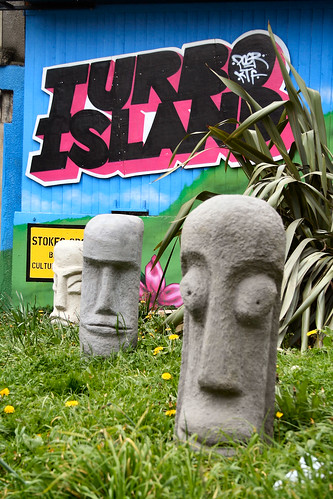Digventures and Crowdsourcing at Flag Fen
 |
| The Museum at Flag Fen |
 |
| 3000-year-old preserved timbers |
Starting at the £10 level, you will have a ‘backstage’ pass to the Site Hut, a password-protected area on our website offering daily updates on the project, and loads of original content including apps, blogs, on site streaming, interviews, lectures from archaeological superstars, photos, finds news and more. This access is for the duration of one year, until the 2013 season gets underway next April.This is a pilot project: Digventures plans to expand. It's mission is to provide
The field school at Flag Fen (for those who purchase a benefit at £125 and above) will be really exciting this year. We’ve put a lot of thinking into making this the best experience possible, whether you are digging for a day, a week, two weeks, or the whole project. There will be dedicated staff providing orientation, training and instruction, as well as evening lectures, fun outings and plenty of time for questions. And some surprises, of course!
Places in the field school (from 23rd July – 12th August 2012) are limited and will be available on a first-come, first-served basis, and are only for those aged 17 and older.
seed capital and build audiences for archaeology projects worldwide. We’re changing the game, by putting the public in the driver’s seat – and giving you the chance to get on site, digging with us. All of us here at DV mission control are archaeologists; we come from all aspects of the discipline, and have an international perspective on what’s working, and what isn’t. Let’s be honest: the economy isn’t great, and for lots of reasons that means that archaeology is under threat. We’ve joined forces to try something new.Given the ongoing global massacre of funding for anything not controlled by a former Goldman Sachs employee, the idea is timely. It's also smart: there's a huge amount of enthusiasm and interest in archaeology but few ways to channel it productively into saving sites. I'm interested to see how it goes over the next few years, especially if Digventures expands into countries with less well-developed traditions of public giving and participation than the UK or the US. (In Italy, for instance, charitable giving by individuals is almost unknown.)
For a bit more, check out archaeologist Francis Pryor on the discovery of Flag Fen and the threats facing it today:






